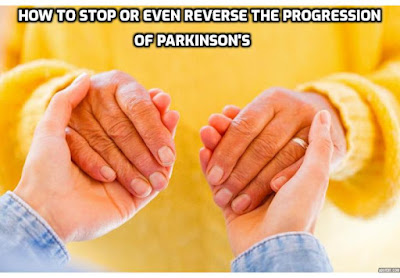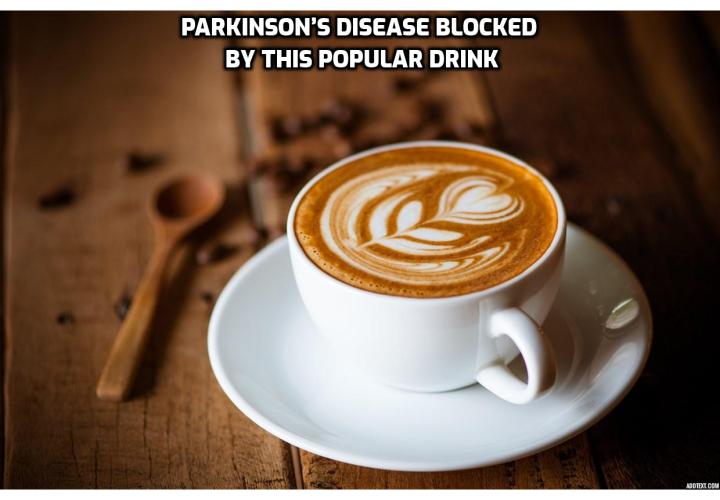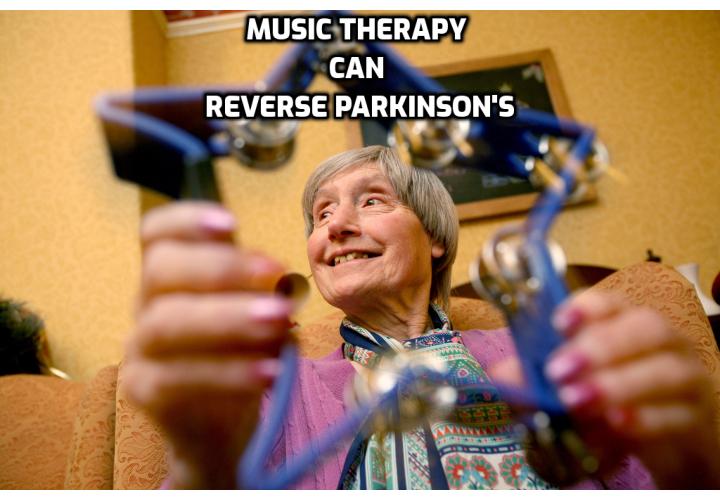Stop or Even Reverse the Progression of Parkinson’s – Parkinson’s And Gut – Fungus Connection Studied
Many previously published studies have found a relationship between gut bacteria and Parkinson’s disease.
But a study in the latest edition of the Journal of Parkinson’s Disease focuses on gut fungus instead of bacteria.
Gut bacteria have been blamed for a wide range of diseases, but fungi are also responsible for some, including ringworm, athlete’s foot, jock itch, oral thrush, candidiasis, vaginal yeast infections, diaper rash, and so on.
Bacteria are single-celled organisms with a simple cellular structure. Most fungi tend to be multicellular with complex cellular structures. Fungi include molds, yeast, mushrooms, and toadstools. And when you think of mushrooms, beer, and bread, you should know that many fungi are edible.
A University of British Columbia research team recruited 95 Parkinson’s patients and 57 healthy controls from the Pacific Parkinson’s Research Centre (PPRC) at the University of British Columbia.
The participants visited the hospital for two hours, during which they were examined and had their Parkinson’s symptoms evaluated.
They were also asked to provide a fecal sample for researchers to test for bacteria and fungi.
The researchers could not find any differences between the types of fungi in the fecal samples of the Parkinson’s patients and the healthy controls, showing that gut fungi probably do not play a role in Parkinson’s disease.
They could also find no relationship between gut fungi and motor, cognitive, or gastrointestinal symptoms in their participants.
The only difference they could find was that the Parkinson’s patients had a lot less fungi relative to bacteria than the healthy controls did, suggesting that the intestines of people with Parkinson’s are not hospitable places for fungi.
In general, they found very little fungi in their subjects’ fecal samples, which probably means that—unlike the case with bacteria—our intestines are generally not good places for fungi to flourish.
The little fungi that they could detect were harmless ones from the environment and from their subjects’ diets. Unsurprisingly, the most common genus detected was Saccharomyces, which is basically the category into which brewer’s and baker’s yeasts fall.
This study is important because it shows that scientists should pursue other lines of research to find out how Parkinson’s happens.
Stop or Even Reverse the Progression of Parkinson’s – Is Parkinson’s Disease Caused by High IQ?
Many previous studies have found a relationship between high education levels or complex occupations and Parkinson’s disease.
=
Since high-IQ people are often the ones that spend years in higher education and perform complex jobs, a study in the Journal of Parkinson’s Disease has now investigated whether high IQ and Parkinson’s disease are related.
So is your high IQ the cause of your Parkinson’s Disease? Learn the answer in today’s article…
Scientists have known for a while that people with highly complex jobs, either with data or with people, are more likely than the rest of the population to develop Parkinson’s disease.
These include medical and legal service providers, teachers, farmers, and those who work in social sciences.
Almost all of these jobs require higher study, so it makes sense that researchers have also found a relationship between higher education and Parkinson’s.
But it is not that simple. Science has also established that people who do almost all of their work outdoors have a smaller risk of Parkinson’s. These include some pretty well-qualified scientists who work in agriculture, horticulture, forestry, and fisheries.
So, it is not as simple as concluding that Parkinson’s is associated with education level. Neither is it quite true to say that Parkinson’s is related to complex jobs, as some of those outdoor jobs—with a low risk for Parkinson’s—are also complex.
Since education and occupational complexity can both be expected in people with a high IQ, a team of Swedish scientists hypothesized that IQ is actually related to Parkinson’s.
They retrieved IQ data from the Swedish Military Service Conscription Registry. These were men who enrolled in the Swedish military between 1968 and 1993, an impressive 1,189,134 of them.
They then used the Swedish National Patient Register and the Swedish Cause of Death Register to determine which of these men developed Parkinson’s later in life.
Incredibly, they discovered that the highest-IQ group was 35% more likely to develop Parkinson’s than the lowest-IQ group.
High scores in each of the IQ test categories—verbal, logical, visuospatial, and technical abilities—were all much more common in those who later developed Parkinson’s.
Why on earth would this be the case? The authors of this study didn’t have a clue, but they offered a few guesses.
It is possible that high-IQ individuals are attracted to jobs that expose them to toxins that existing studies have associated with Parkinson’s disease. Think of scientists that work with plants, animals, and chemicals, for example.
Other high-IQ people may choose jobs like teachers and doctors that expose them to infections that are possibly related to Parkinson’s.
Furthermore, high-IQ people may choose sedentary jobs—such as statisticians, computer programmers, and librarians—that place them at risk of Parkinson’s.
It is possible that, considering all the lifestyle choices of high-IQ individuals, they tend to make decisions that predispose them to Parkinson’s, although this will have to be confirmed by future research.
Stop or Even Reverse the Progression of Parkinson’s – Parkinson’s Surprising Deadly Consequences
Although people with Parkinson’s disease experience enormous impacts on their lives, they generally have the same life expectancy as people without Parkinson’s.
However, a new study published in JAMA Psychiatry reveals the terrifying and lethal consequences of Parkinson’s.
It can, however, be avoided if addressed properly.
A research team led by the Taipei City Hospital in Taiwan identified 35,891 Taiwanese adults who had been diagnosed with Parkinson’s disease between 2002 and 2016. The researchers followed these patients through 2016 to see who would develop depression and/or commit suicide.
For each participant, they identified four healthy people without Parkinson’s matched by age and sex from the general population to serve as a comparison group.
Overall, 300 of the Parkinson’s disease sufferers versus 151 of the healthy subjects committed suicide during the follow-up period. This translates to 66.6 per 100,000 people among Parkinson’s patients and 32.3 per 100,000 people in the control group.
Thus, people with Parkinson’s disease are 2.1 times more likely than people without this disease to commit suicide, after other possible factors (dementia, socioeconomic position, and other medical conditions) are excluded.
Compared with the healthy subjects who committed suicide, the Parkinson’s patients who did so were a bit younger on average (74 versus 76 years), demonstrating how Parkinson’s can rob people of life.
The obvious connection between Parkinson’s and suicide is depression, but only 10% of Parkinson’s patients who killed themselves actually suffered from depression. In other words, Parkinson’s itself increases suicide risk, even without depression.
When mental disorders like depression and anxiety disorders were excluded from the analysis, those with Parkinson’s were still 90% more likely to commit suicide than those without it.
The researchers suggest that social connectedness, mental health interventions, and home safety analyses should be included in Parkinson’s treatments to try to reduce suicides.
Watch this video – Slowing the Progression of Parkinson’s Disease (PD): The Hype and the Hope
This post is from the Parkinson’s Protocol Program created by naturopath and health researcher, Jodi Knapp, to help you diagnose and treat Parkinson’s naturally and permanently. The Parkinson’s Protocol is a comprehensive program that teaches you simple ways to reduce your symptoms, slow down the progression of Parkinson’s and repair the effects it has had on your body.
The Parkinson’s Protocol Program has a four-part series (consists of 12 simple steps) that comes with an abundance of valuable information that teaches you the relation between dopamine and Parkinson’s, the different treatment options, causes, and more. It then provides you with easy, step-by-step instructions that allow you to improve your brain health to begin delaying Parkinson’s and healing the brain within. To find out more about this program, click on Stop or Even Reverse the Progression of Parkinson’s





